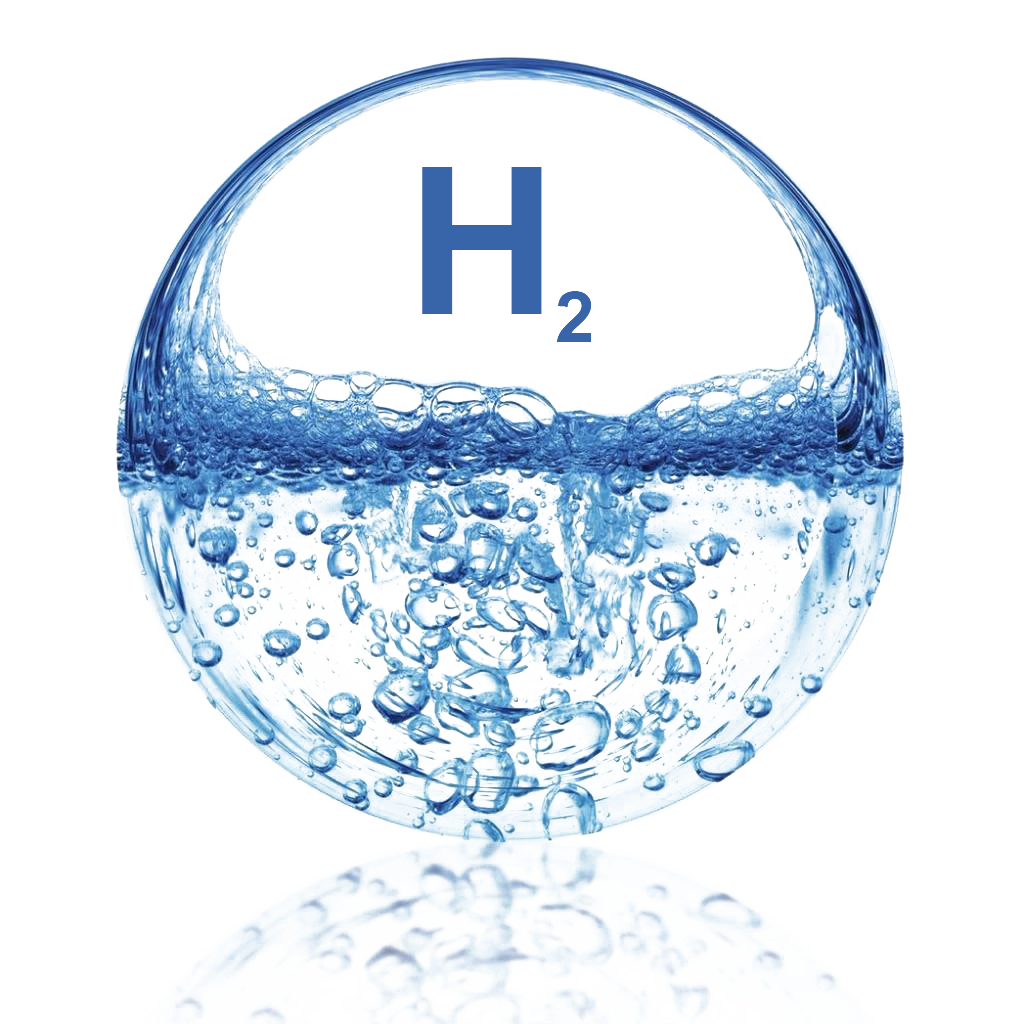Hydrogen, the simplest and most abundant element in the universe, has been a subject of fascination among chemists and physicists alike. Its unique properties and behaviors have led to significant inquiry concerning its role in molecular structures. A common presumption is that hydrogen invariably acts as a terminal atom—an atom situated at the end of a molecule, often covalently bonded to one or more heavier atoms. However, this characterization warrants a nuanced exploration. To fully comprehend whether hydrogen is always a terminal atom, one must analyze its chemical bonding nature, coordination capacity, and various compound formations.
1. The Nature of Hydrogen Bonds
At the crux of hydrogen’s role in molecular chemistry is its capacity to form covalent bonds. With one electron in its outer shell, hydrogen seeks to achieve a stable electron configuration, typically by sharing its single electron with another atom. This proclivity for bond formation frequently categorizes hydrogen as a terminal atom, particularly in organic compounds, where it often exists as –H groups attached to carbon chains. Consider hydrocarbons: in alkanes, alkenes, and alkynes, hydrogen occupies terminal positions, bound to carbon atoms, thereby contributing to the molecule’s structural integrity.
Yet, this is not an infallible rule. In certain hydrides, hydrogen can serve as a central atom, particularly in complex coordination compounds. For instance, in metal hydrides, hydrogen atoms may occupy positions that do not conform to the typical terminal role. Such examples highlight a broader array of bonding scenarios that challenge the claim that hydrogen is universally a terminal atom.
2. Hydrogen in Its Various Oxidation States
Another essential criterion in evaluating the positioning of hydrogen within molecular frameworks lies in its oxidation states. Hydrogen exhibits a peculiar adaptability, most commonly adopting an oxidation state of +1 or, in certain rare cases, -1. When bonded to more electronegative elements, hydrogen often reflects this +1 state, suggesting a terminal position within the molecule. However, in metal hydrides or amid bonds with metals, the oxidation state can shift to -1, revealing hydrogen’s flexibility as it may act as a central atom.
For instance, consider lithium hydride (LiH) where hydrogen takes a -1 oxidation state, effectively contributing to its metallic character and central position in the ionic lattice. The subsequent implications challenge the pedestrian belief that hydrogen serves exclusively as a terminal atom, emphasizing its versatility under varying chemical environments.
3. Influence of Molecular Geometry
Molecular geometry profoundly influences the role of hydrogen within compounds. The Valence Shell Electron Pair Repulsion (VSEPR) theory provides a framework for discerning molecular shapes, including the arrangements that can facilitate hydrogen’s placement as a non-terminal atom. In some coordination complexes, such as those involving transition metals, hydrogen can occupy positions in a trigonal bipyramidal or octahedral coordination sphere. Here, hydrogen does not conform to terminal placement but integrates into the central framework of the molecule.
For example, in coordination complexes like [IrH6]2-, hydrogen acts within an octahedral geometry, repurposing conventional understanding by reaffirming that it can indeed serve as a central component rather than merely a functional terminal group.
4. Hydrogen’s Role in Acid-Base Chemistry
Exploring acid-base reactions unveils another aspect of hydrogen’s duality. In Arrhenius and Brønsted-Lowry theories, hydrogen ions (H+) manifest in aqueous environments, often leading to the conception of hydrogen as a terminal atom during the dissociation of acids. Hydrochloric acid (HCl), for instance, exemplifies such behavior with hydrogen at the terminal position, releasing H+ ions in solution.
Nonetheless, complex acids like phosphoric acid (H3PO4) challenge this narrative. Hydrogen atoms can participate in diverse protonation-deprotonation equilibria, further complicating the assertion that hydrogen is always terminal. The rearrangement of these protons across various species exemplifies hydrogen’s strategic role beyond a simple terminal characterization.
5. Hydrogen’s Presence in Biological Systems
In biochemical contexts, hydrogen assumes a multifaceted role. Biological macromolecules such as proteins and nucleic acids exhibit hydrogen atoms as terminal entities when bonded to carbon or nitrogen. Conversely, in the context of enzymatic activity and catalysis, hydrogen often engages in proton transfer mechanisms that hint at a central role in catalysis and biochemical transformations.
For example, in the enzyme ribonuclease, hydrogen participates in catalytic triads that facilitate the execution of biochemical reactions, reinforcing the notion that hydrogen’s role can transcend simple terminal attachment, allowing it to exert a pivotal influence on molecular function.
Conclusion: More Than Just a Terminal Atom
In summation, while hydrogen often appears in terminal positions within various molecular frameworks, it is imperative to recognize its versatility as both a terminal and a central atom. Factors such as oxidation states, molecular geometry, and hydrogen’s role within complex biological systems illuminate the nuanced versatility of hydrogen’s positioning. Consequently, the assertion that hydrogen is always a terminal atom requires a more comprehensive understanding of chemical bonding phenomena, molecular geometry, and the diverse environments in which hydrogen exists. A deeper inquiry reveals that hydrogen, fundamentally simple in its atomic structure, embodies an eloquent complexity in its chemical behavior.












